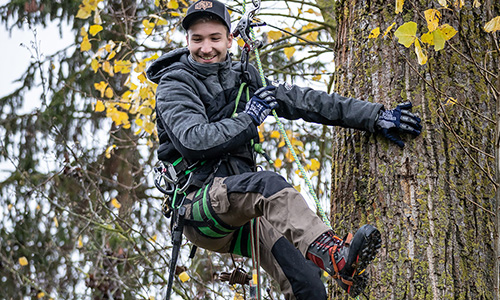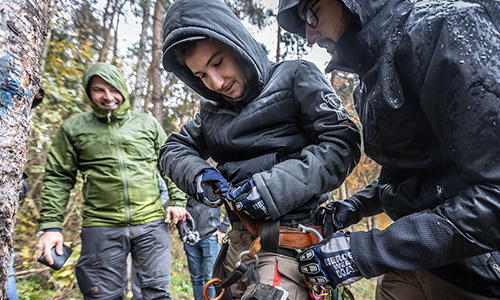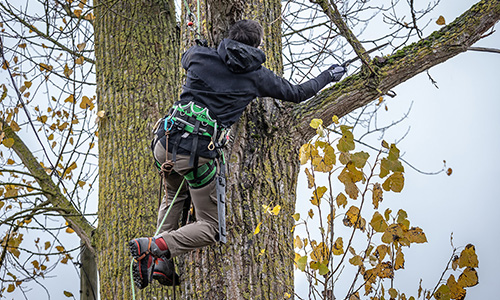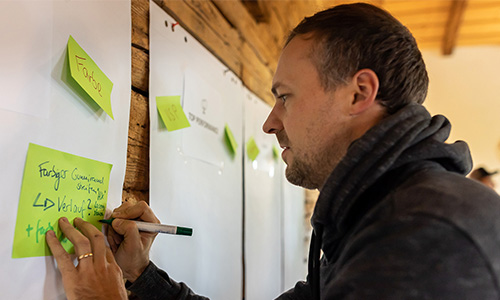Whenever HAIX embarks on a new shoe project, the company’s development and designer team sets about conducting all the relevant practical checks. This involves examining the basics, holding a workshop under real-life conditions and working on the ground with professionals operating within the environment for which the shoe or boot has been conceived. “Our aim at HAIX is to come up with successful products which meet professional requirements at a high level,” states Thomas Singer, Head of Development. “To this end, we seek to gain a precise idea of what an item of footwear ultimately needs to be capable of.”
Of course, shoe and boot developers also prefer sunshine. But requirements profiles for the development of new functional footwear need to be drawn up in real-life conditions. This is a prerequisite if stringent quality aims are to be met.






